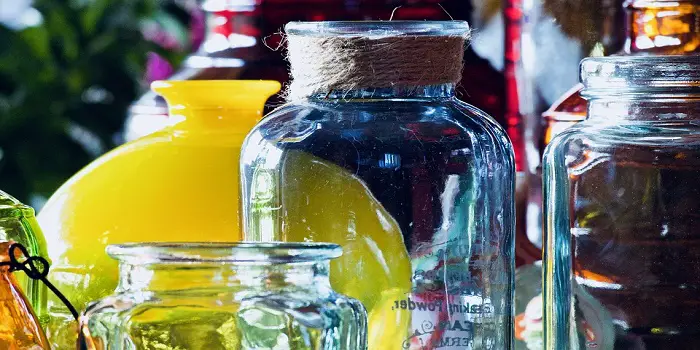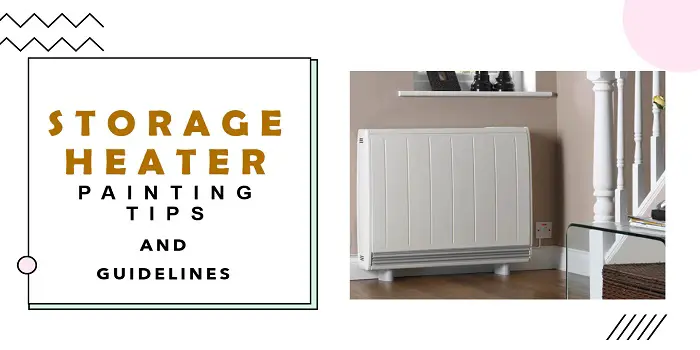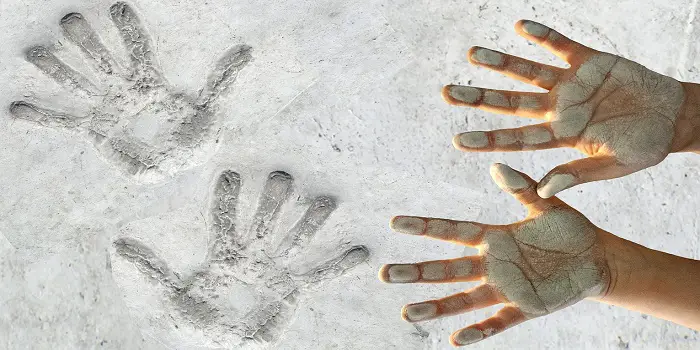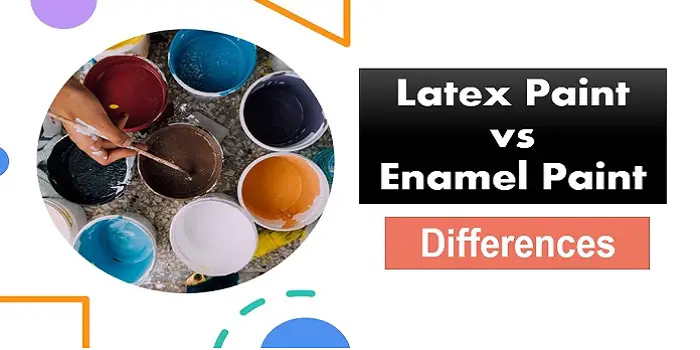
Masonry paint is a type of coating specifically formulated for masonry surfaces such as bricks, concrete, stone, and stucco. It’s made up of a variety of ingredients, including binders, fillers, and pigments.
The exact composition of masonry paint will vary depending on the manufacturer. However, unlike regular exterior paint, all masonry paints contain some type of binder that helps the paint adhere to rough or porous surfaces. These paints also usually contain fillers and pigments that help to improve coverage, durability, and color.
Masonry paint also better resist moisture, mold, and mildew than regular paint, making it ideal for high-traffic areas or areas exposed to intense sunlight or extreme temperatures.
What's Here in the Article:
Uses
Masonry paints serve a specific purpose, being intended for application on exterior walls. Primarily aimed at enhancing the exterior of homes, businesses, and other structures they are suitable for various types of rough porous surfaces such as concrete, stone, lime, plaster, bricks, pebble dash, cement render, and more.
Since they are formulated for outdoor use (like refurbishing driveways, patios, decks, etc), masonry paints are expected to deliver exceptional performance. Also, because their primary function remains decoration and protection, these paints come in an array of colors to suit different preferences.
Different Types
Masonry paint comes in a variety of different formulas, each designed for specific types of masonry surfaces. For example, there are masonry paints specifically formulated for use on concrete, brick, stucco, and stone that comes in varieties like elastomeric, smooth, and textured.
There are also self-cleaning masonry paints that are designed for both interior and exterior use. When selecting a masonry paint, be sure to choose one that is specifically formulated for the type of surface you will be painting or intend to refinish.
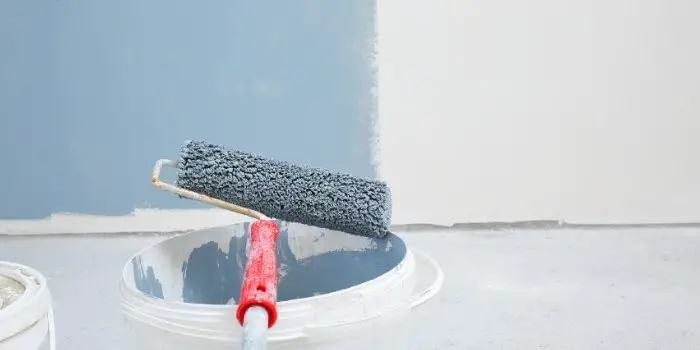
Applying Masonry Paint
Start by cleaning the surface to remove any dirt, dust, grease, or loose paint. Since you will be working on exterior surfaces you can use a pressure washer or a stiff brush with soapy water. After the surface is dry cover any areas you don’t want to paint, such as windows, doors, and trim, with painter’s tape and plastic sheeting.
Next, inspect the surface for any cracks, holes, or damage. If there are any fill them with a suitable filler, and allow it to dry completely before proceeding.
Apply Primer:
If the surface is porous or has never been painted before, it’s recommended to apply a masonry primer which help the paint adhere better and ensures uniform color, finish and coverage.
Apply the Masonry Paint:
Choose a premium-grade masonry paint tailored for exterior applications, prioritizing attributes like resilience against weather conditions, long-lasting durability, and the desired aesthetic appeal. Before commencing painting, thoroughly stir the paint to guarantee uniformity in its composition. This can be achieved using a stir stick or a paint mixer attached to a drill.
When applying the paint opt for a high-quality paintbrush or roller specifically designed for masonry surfaces. Start painting from the top of the wall, gradually working downwards with smooth and uniform strokes. To ensure even coverage, it’s good to divide the wall into manageable sections. Overlapping each stroke slightly aids in achieving a consistent finish.
Regularly inspect for any drips or runs, smoothing them out promptly with a brush or roller before they have a chance to dry.
Allow Proper Drying Time and Apply Additional Coats (if necessary):
Typically, masonry paint necessitates several hours to dry adequately before the application of subsequent coats. But it’s good to adhere to the guidelines provided by the manufacturer concerning drying intervals between coats.
Also, depending on your desired color intensity and coverage, multiple coats of paint may be required. It’s imperative to allow each coat to dry completely before proceeding with the next one.
Upon achieving the desired coverage and finish, carefully remove any painter’s tape and plastic sheeting. Thoroughly clean your painting tools and dispose of any surplus paint and related waste in accordance with local regulations.
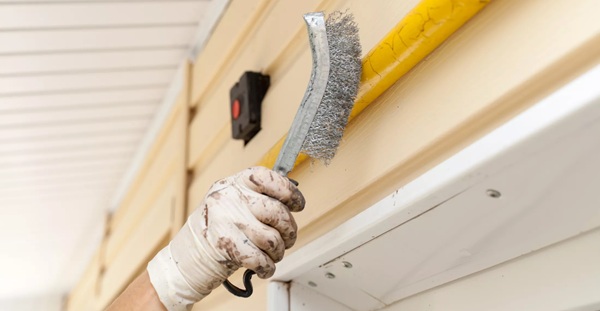
Removing the Masonry Paint
If you need to remove old masonry paint from a brick wall, the best way to do so is with a power washer. Power washing will remove the paint quickly and easily without damaging the brick surface.
If you do not have access to a power washer or if the paint is too stubborn to get removed, you can use warm water with a wire brush or paint strippers to remove masonry paint from your brick wall or concrete paving slabs.
For smaller areas, paint strippers also offer a cost-effective and convenient alternative for removing masonry paint. Historically, products like brick cleaning acid, Nitromors, and Biostrip have enjoyed a strong reputation and proven reliability in this regard. While they are engineered to deliver exceptional stripping performance, they might necessitate the expertise of a skilled individual.
Here are the steps you may follow if you are using a paint stripper:
- Eliminate any loose paint by carefully scraping it off with a trowel.
- Then, following the manufacturer’s guidelines, apply the paint stripper using a brush.
- Depending on the specific product, multiple layers may be necessary for optimal effectiveness.
- Once the designated time has elapsed, use a scraper, putty knife, or chisel to remove the paint stripper along with the dissolved paint layers.
Best Brands of Masonry Paint to Choose from
There are a number of different brands that make masonry paint. Some of the most popular ones include BEHR, Glidden, Sandtex, Sherwin-Williams, and Valspar.
There is also a Zinsser All Weather exterior paint which is my favorite. I have used it before for painting the exterior walls, and it worked pretty well.
Masonry paint typically ranges in price from $20 to $50 per gallon. However, the exact price will vary depending on the brand, quality, and type of paint you choose. When choosing masonry paint, read reviews and compare products and prices to find the one that meets your project requirements.
FAQs
Can you water down masonry paint?
Masonry paint can be diluted with water if necessary. However, it is important to note that watering down masonry paint will affect its performance of the paint, making it less durable and more prone to chipping and flaking. It also will change the color of the paint.
So, if you choose to water down masonry paint, mix it thoroughly and test it on a small area before applying it to the entire surface.
Can you use masonry paint on wood surfaces?
Masonry paint can be applied to treated wood, metal, or plastic, but it doesn’t adhere as effectively or offer the same durability on wood as it does on masonry surfaces. That said, with proper surface preparation and the use of a suitable primer, it’s possible to achieve decent results—especially if a rough, textured finish is acceptable.
If you decide to use masonry paint on treated wood, always follow the manufacturer’s guidelines and test a small area first to ensure compatibility and adhesion before committing to the full application.
What is the difference between smooth and textured masonry paint?
Smooth masonry paint provides a smooth, even finish on masonry surfaces whereas textured masonry paint is designed to provide a rough, textured finish on masonry surfaces.
The type of finish you need to choose will depend on your preferences and the kind of surface you are painting.
Share the post "What is Masonry Paint – Uses, Types & Application Tips"

Douglas Becker (aka Painter Doug) has over twenty years of experience as a painter in Adkins, Texas. At present, he resides in Florida with his family.
From painting multi-storeyed houses, condos, and apartments to large commercial buildings and small offices, he had served various customers in areas not only in Adkins but also in Southwest Florida, Sarasota, Naples, and many more. To know more about him check here.

